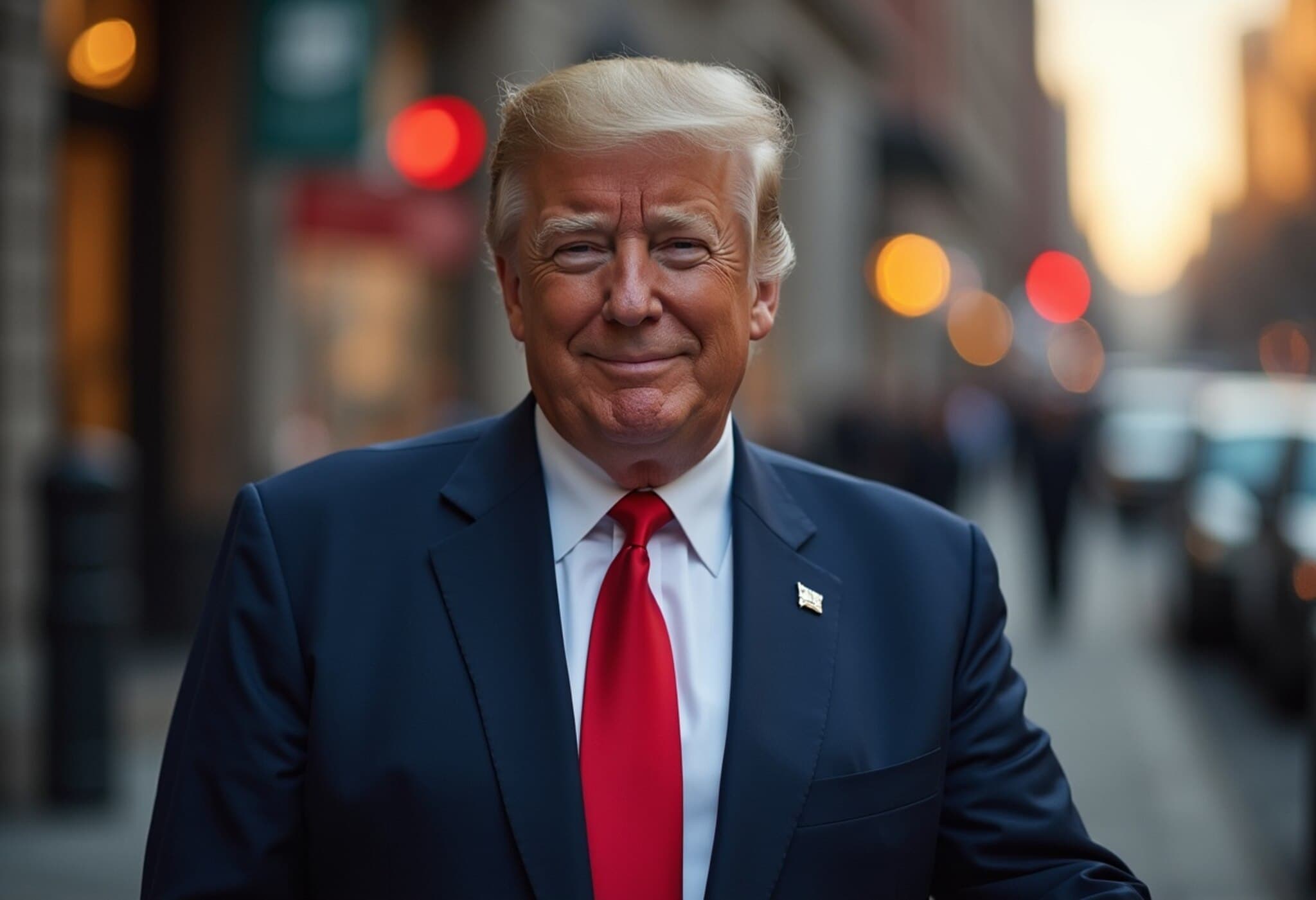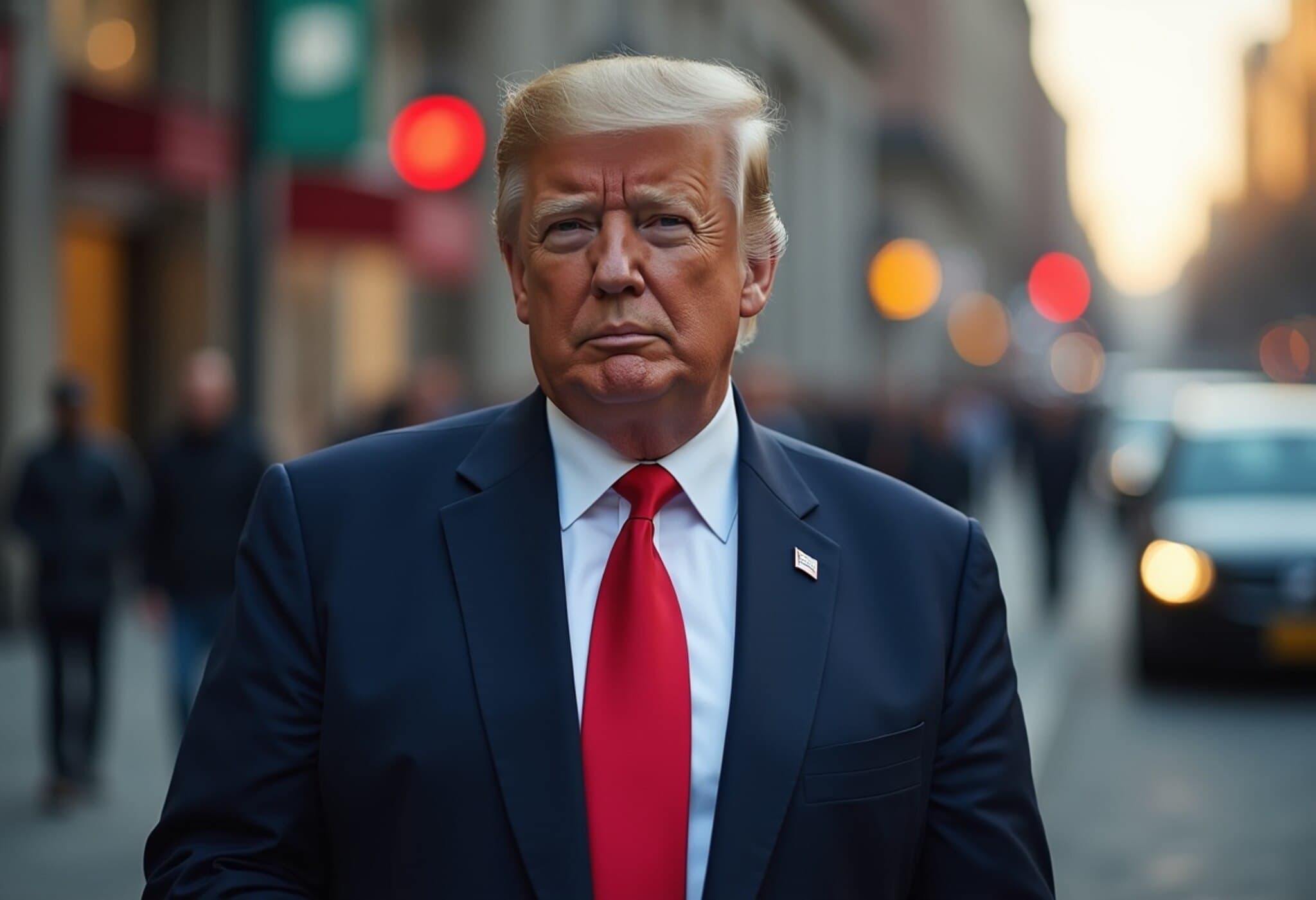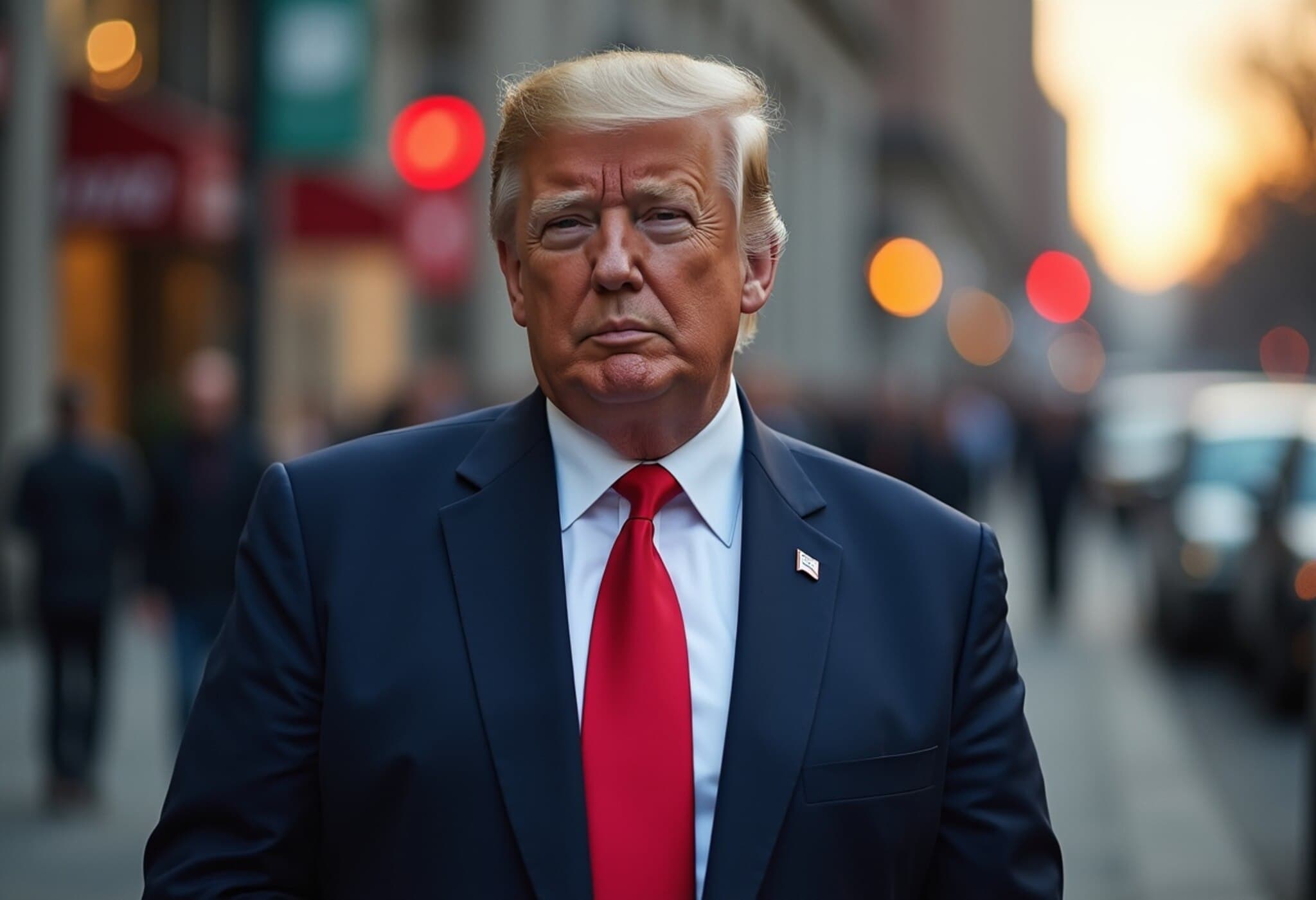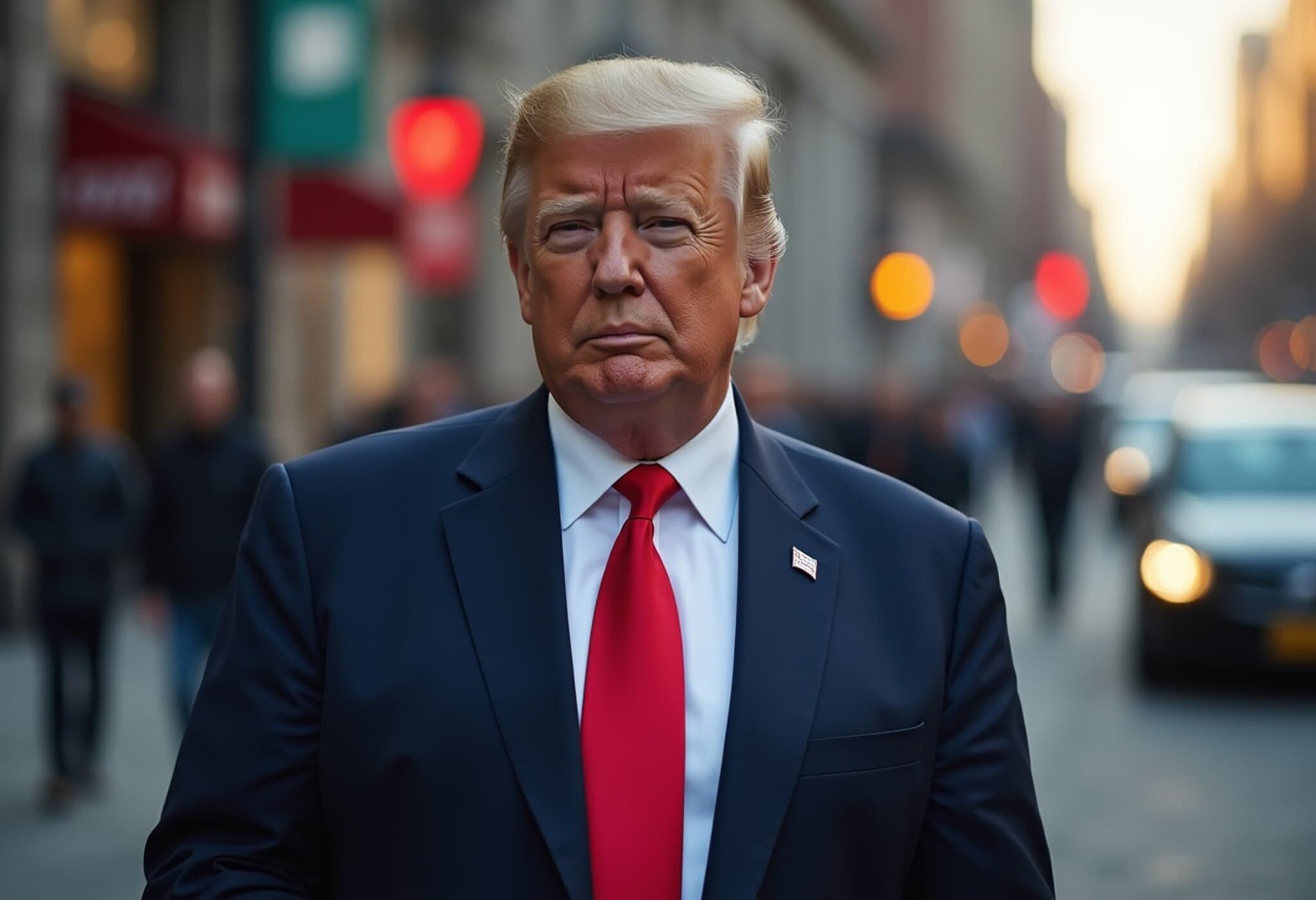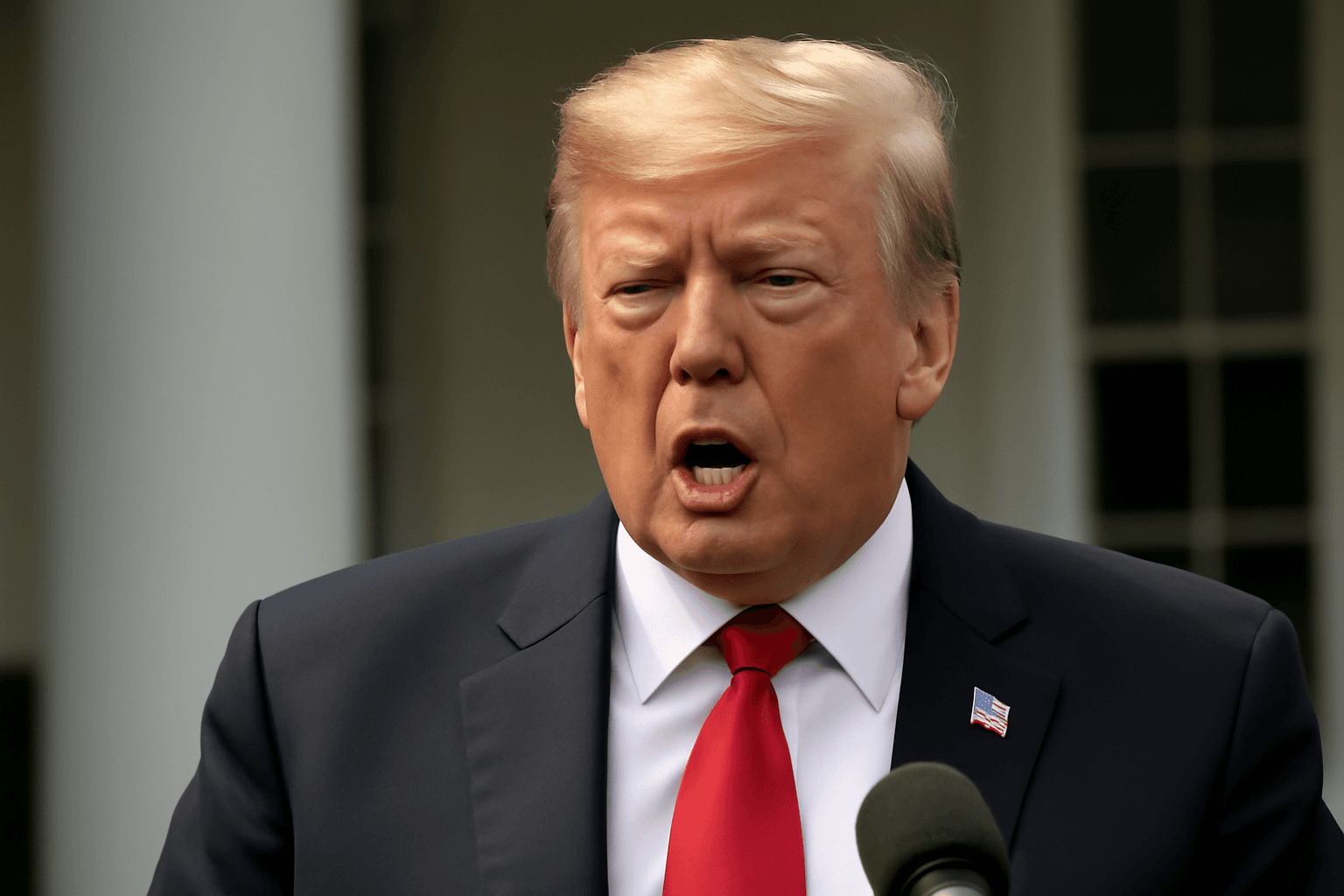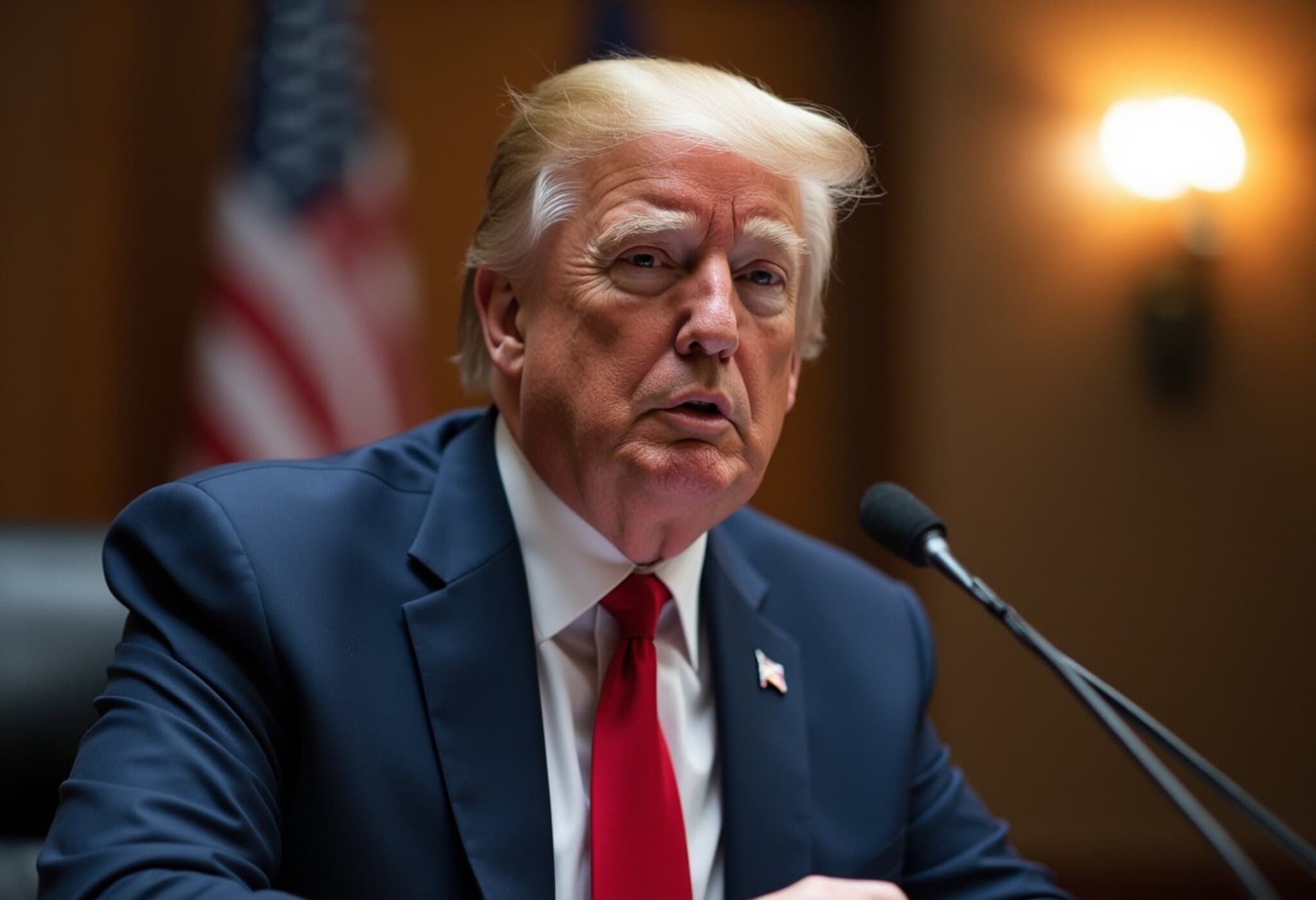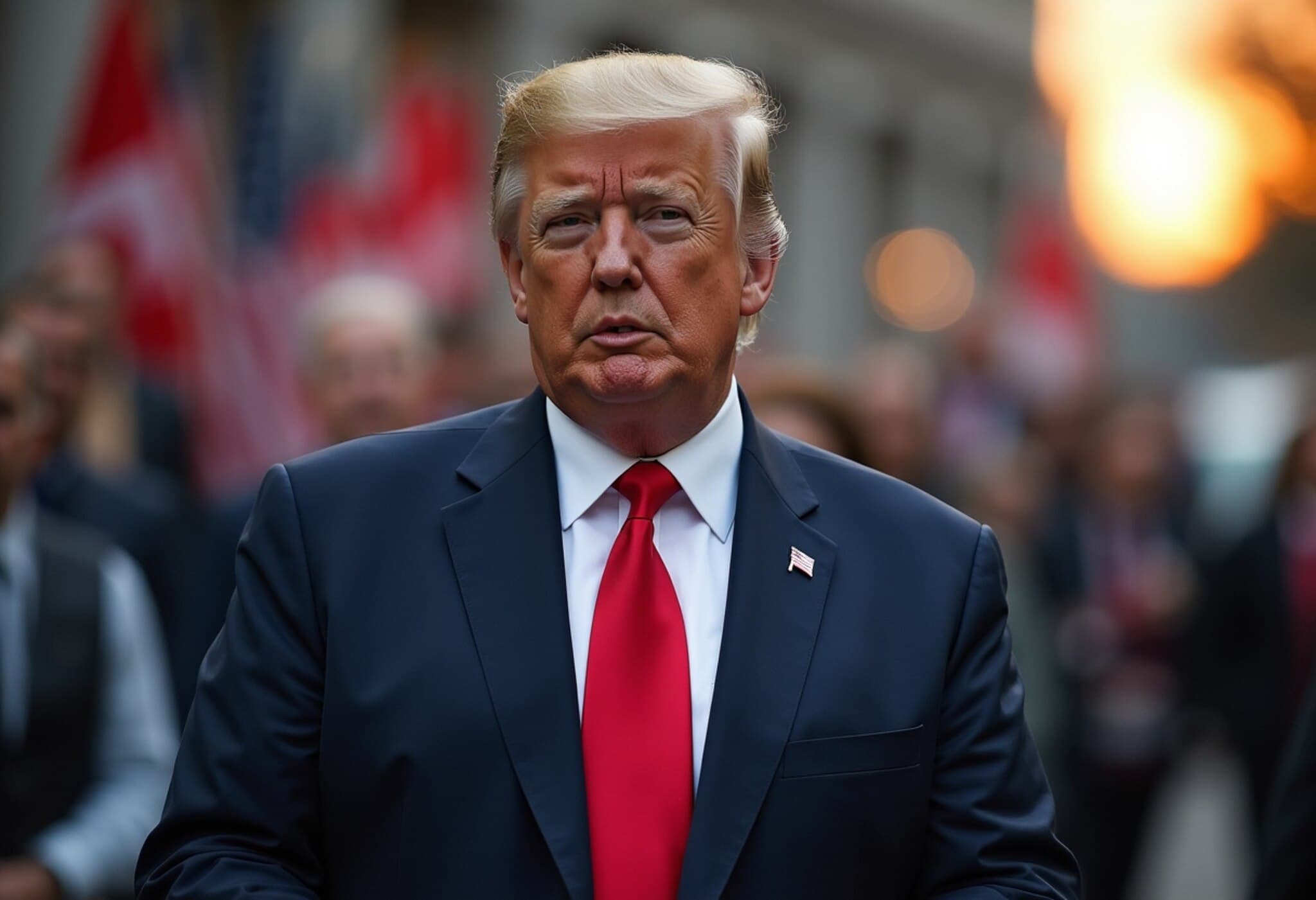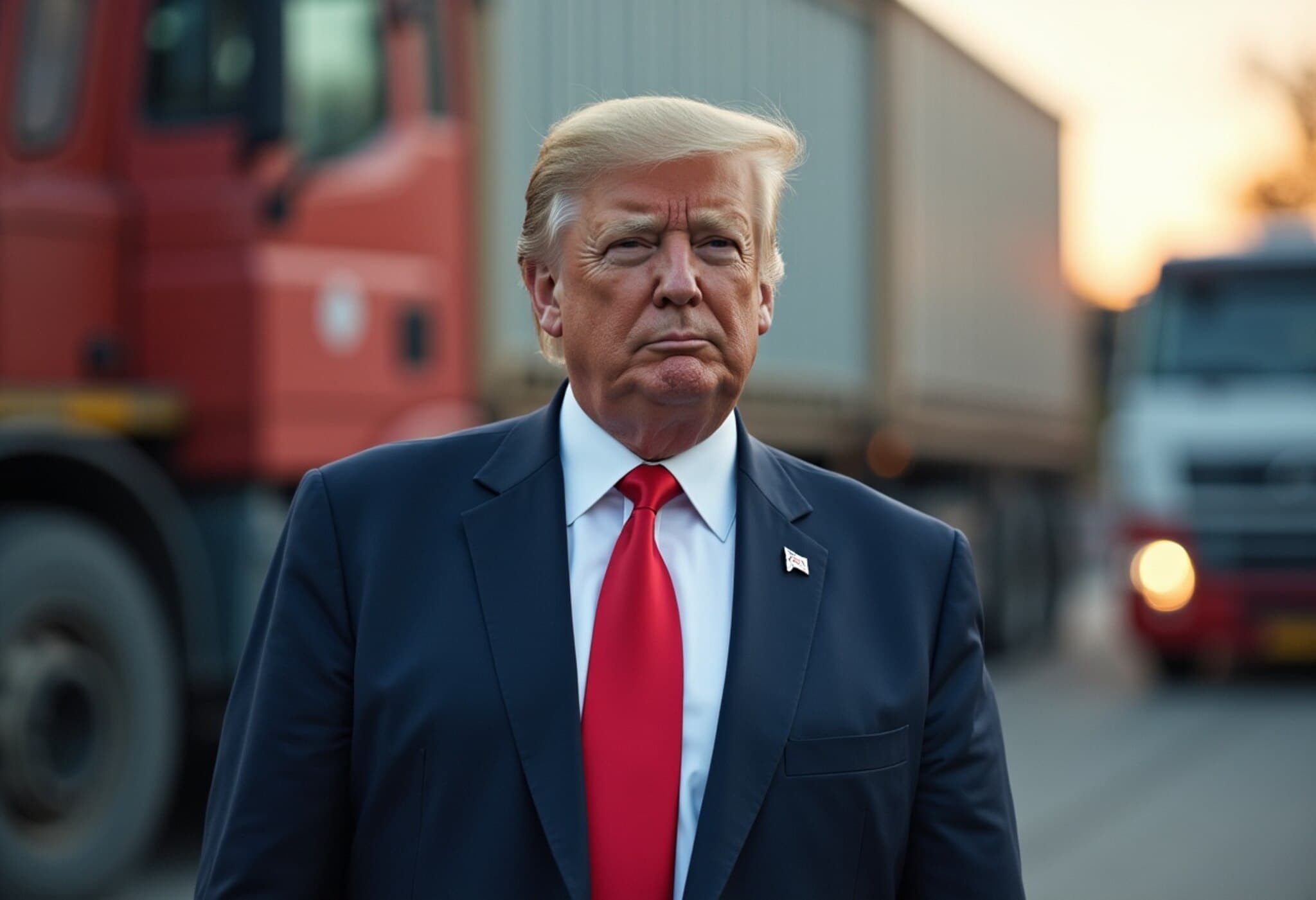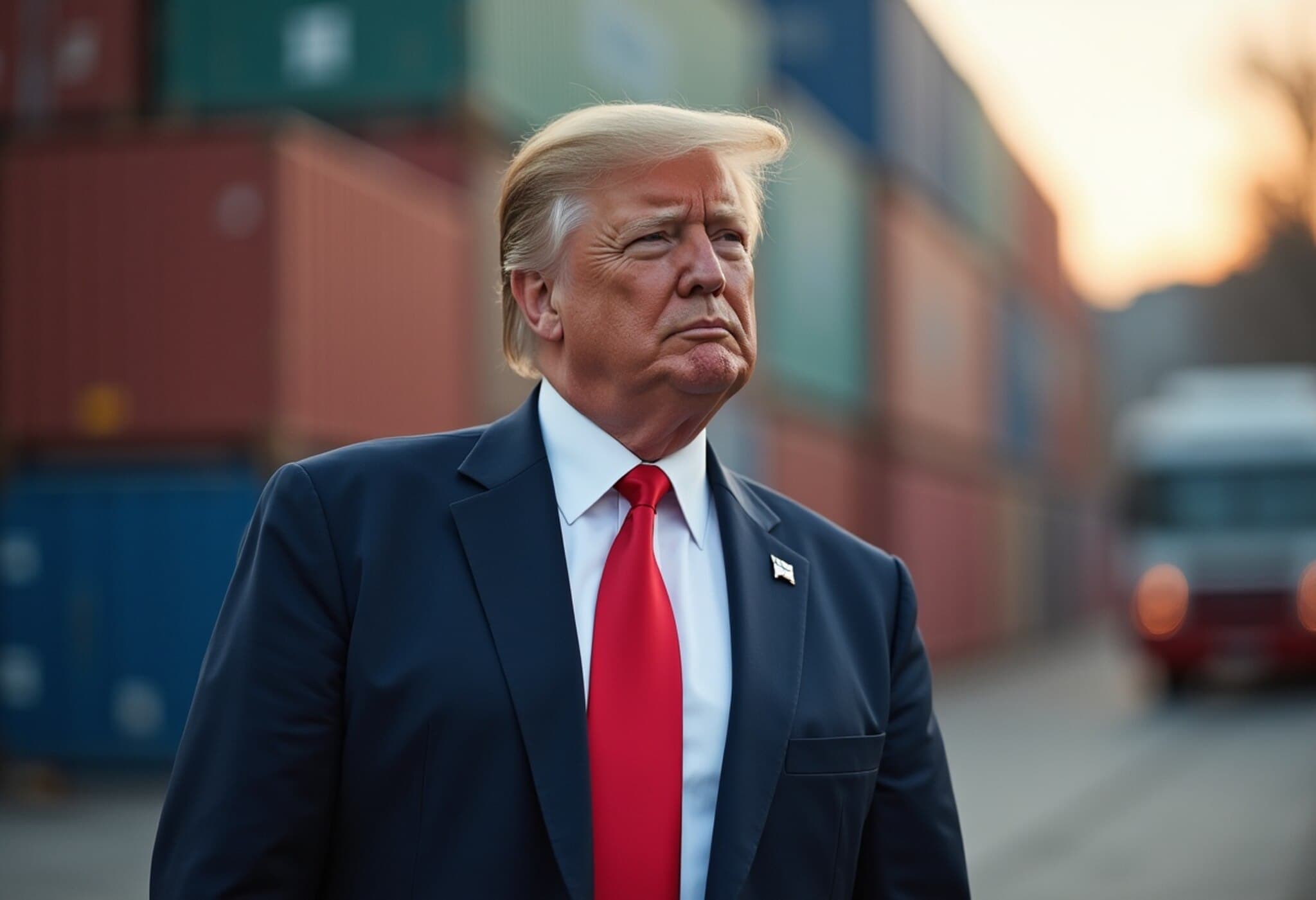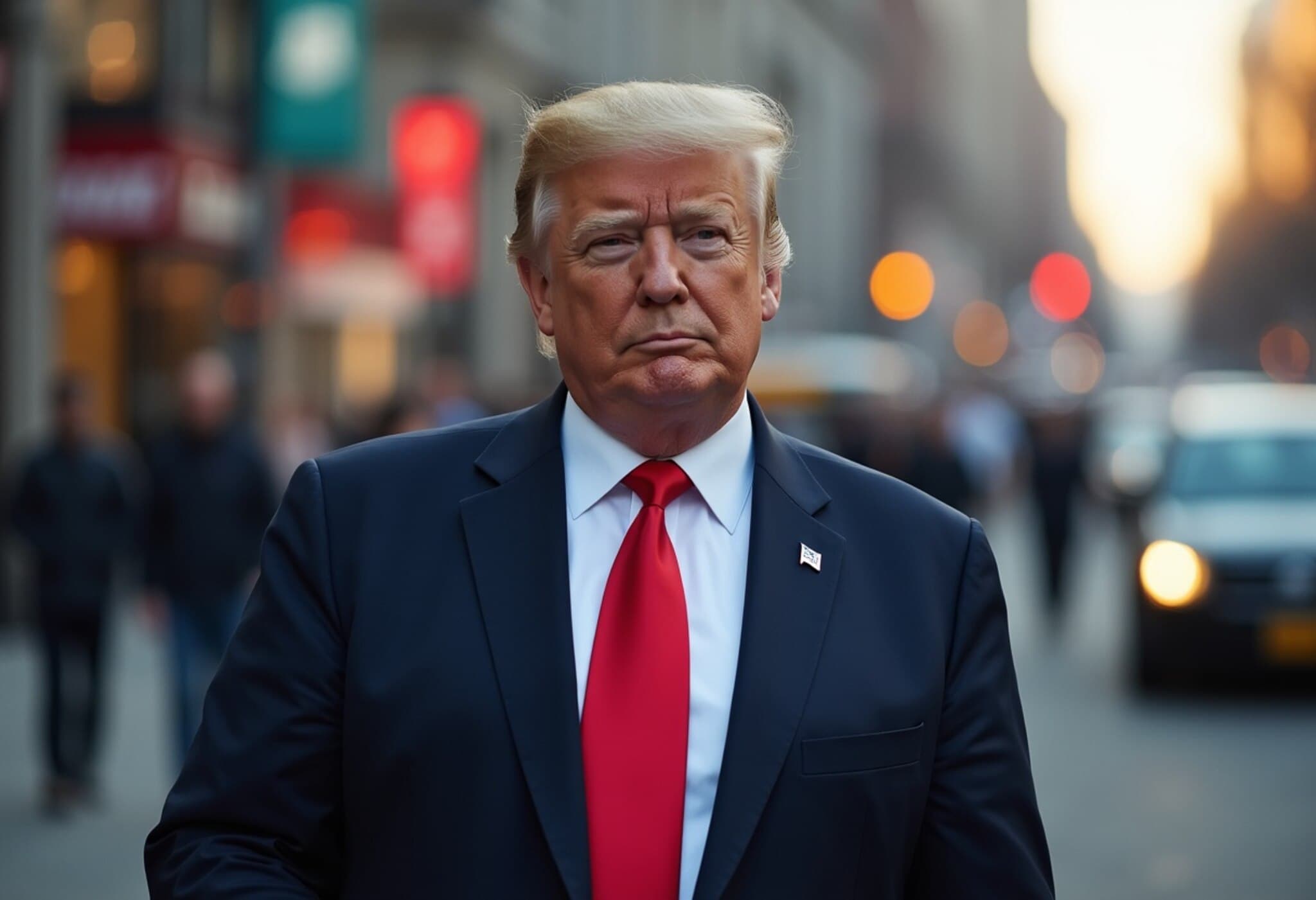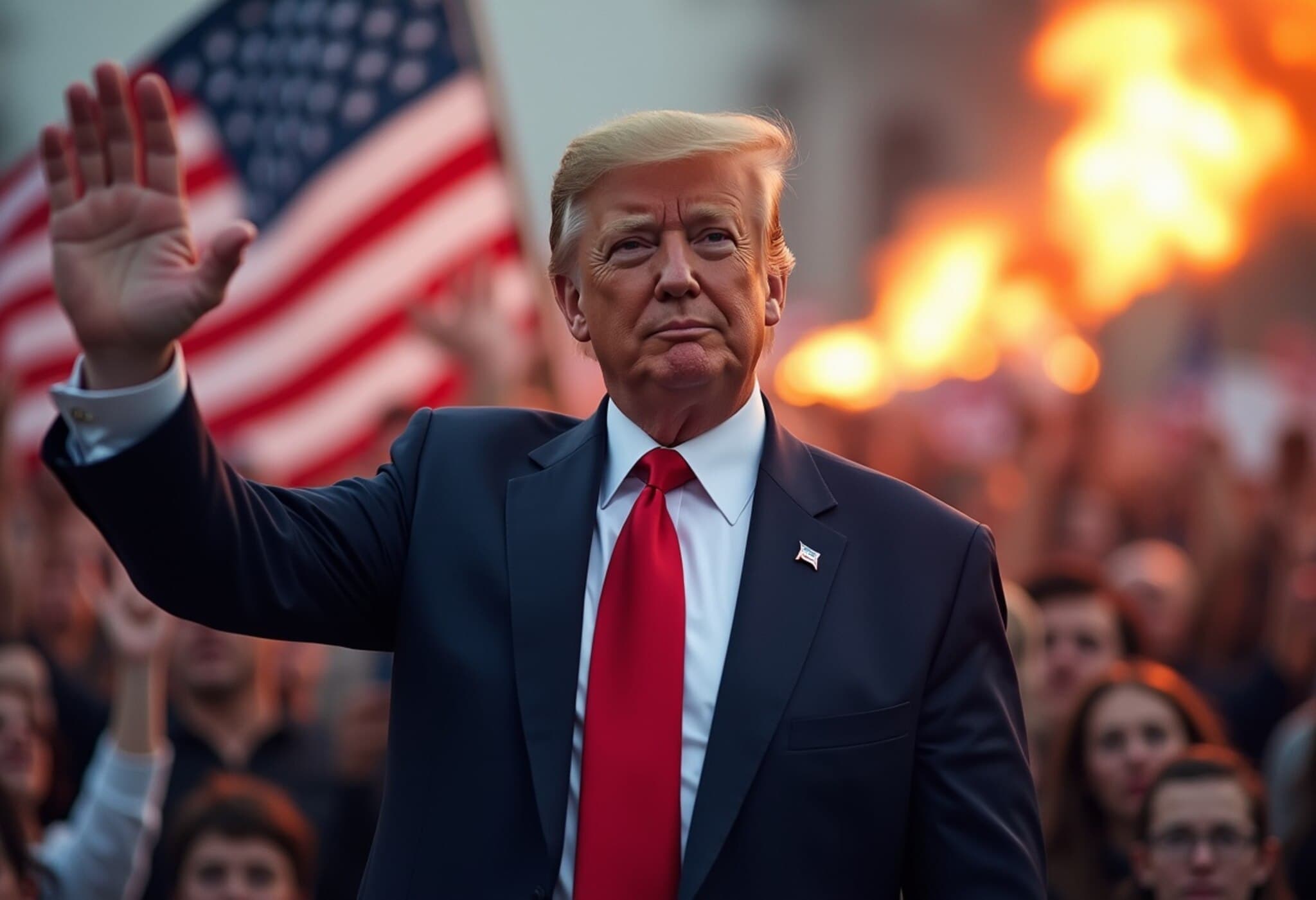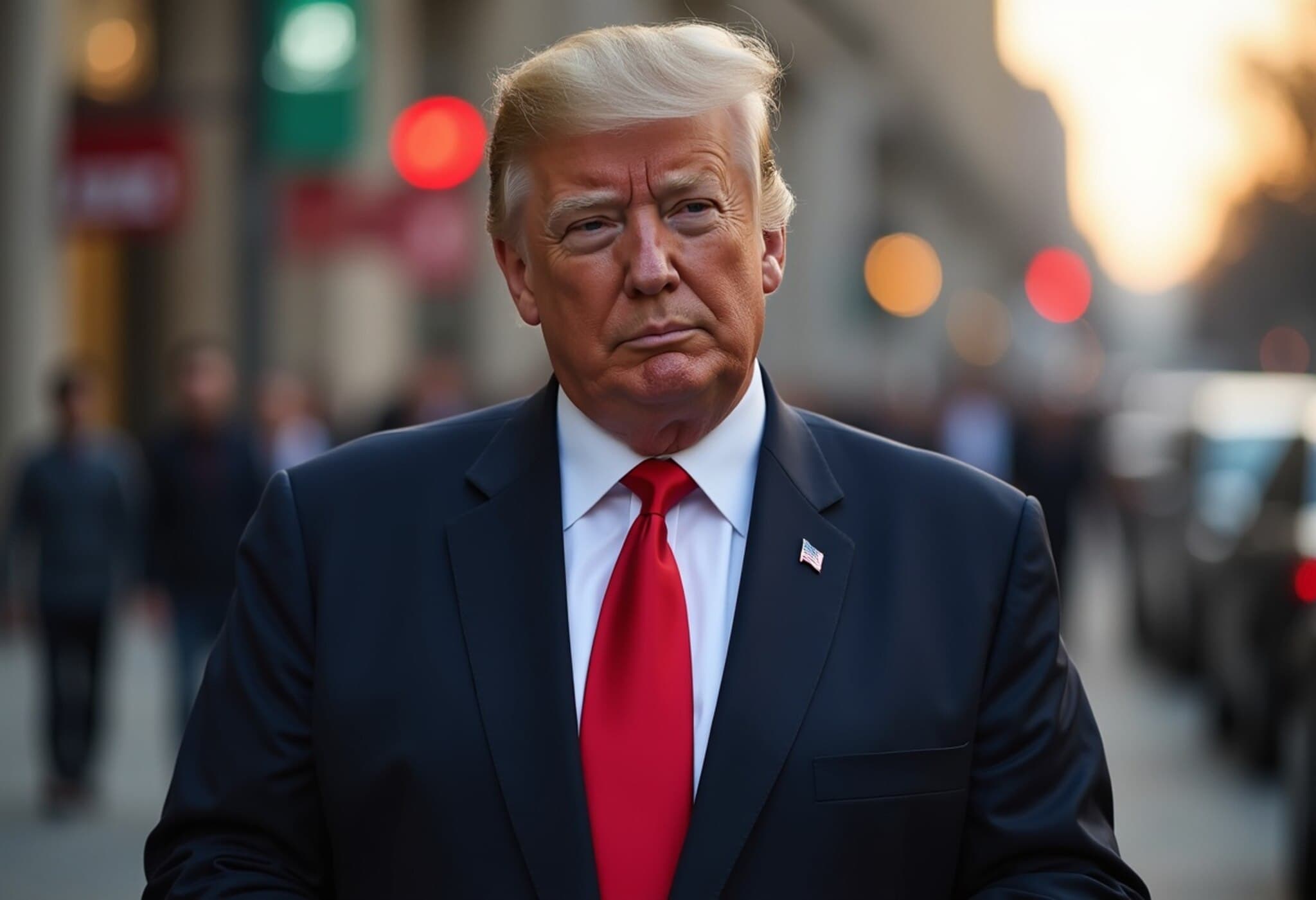Commerce Secretary Confirms August 1 Deadline for New Tariff Implementation
On July 20, 2025, U.S. Commerce Secretary Howard Lutnick announced a firm deadline of August 1 for countries to begin paying what are known as reciprocal tariffs imposed by the United States. While the deadline is set, Lutnick emphasized that negotiations with the U.S. government could continue beyond that date, highlighting a pragmatic approach amid ongoing trade tensions.
Understanding the Reciprocal Tariffs Framework
These tariffs, stemming from policies initiated by former President Trump, require trading partners to impose similar levies back on American goods, aiming to establish a "fair" trade balance. Lutnick clarified that although August 1 marks the start date for tariffs collection, it does not preclude smaller or larger economies from engaging in further dialogue with the U.S. to seek concessions or tariff adjustments.
Tariff Rates and Impact on Smaller Economies
Lutnick pointed out that smaller countries, particularly those in Latin America, the Caribbean, and Africa, would face a baseline tariff of approximately 10%. This announcement brings some clarity and relief to nations anxiously awaiting precise figures, especially since President Trump had previously hinted that tariffs for these nations might exceed 10%.
The decision to set a standardized tariff for these countries aims to streamline enforcement while encouraging these nations to open their markets or accept a modest tariff rate that reflects equitable trade terms.
Major Economies: Opening Markets or Paying the Price
Focusing on larger trading partners, Lutnick remarked, "The bigger economies will either open themselves up or they'll pay a fair tariff to America." This reflects a strategic push by the U.S. to leverage tariff policies as a tool to enforce market access and protect American industries without immediately resorting to exclusionary measures.
Earlier in July, the administration sent letters notifying trading partners of the adjusted tariff rates, which reportedly reach up to 40% for some countries. These communications were shared on Trump's social media platform, Truth Social, and served to underline the seriousness of the deadline, prompting several nations to engage in last-minute negotiations to lower their rates.
Context and Broader Implications
Tariffs have long been a double-edged sword for global trade. While they protect domestic industries and foster job growth in targeted sectors, they can also trigger retaliatory actions that escalate trade tensions and disrupt global supply chains. The August 1 deadline, emphasizing a "hard stop" on tariff exemptions, is a critical moment that could reshape U.S. trade relationships, particularly in a geopolitical climate increasingly defined by economic nationalism.
For American consumers and businesses, the ripple effects of these tariffs could translate into higher prices and supply uncertainties. However, proponents argue the tariffs create a necessary leverage point to secure fairer trade deals and rectify long-standing imbalances.
Expert Insights: Navigating the Trade Crossroads
Trade policy analysts suggest that while the tariffs establish a firm negotiating baseline, the willingness to continue talks beyond August 1 signals a nuanced approach by the Biden administration. It balances enforcement with flexibility, potentially paving the way for tailored agreements that might mitigate some economic fallout.
Furthermore, regional experts note that smaller economies might welcome the standardized 10% baseline as preferable to unpredictable tariff hikes, allowing them to plan economic strategies with greater certainty. However, there's concern about the ripple effects on supply chains heavily reliant on these countries, underscoring the interconnectedness of global commerce.
What’s Next?
- Monitoring Diplomatic Channels: Continued talks ahead of and beyond the August 1 deadline are expected to dominate U.S. trade diplomacy efforts.
- Economic Impact Assessments: U.S. industries and consumers alike will be closely watching how tariffs affect prices and availability in key sectors.
- Legislative Oversight: Congressional stakeholders may weigh in on tariff policy adjustments amid growing debates about balancing protectionism and economic growth.
Editor’s Note
The August 1 deadline is more than a date on the calendar; it is a defining moment in American trade policy, reflective of a broader shift toward reciprocal global economic engagement. While tariffs aim to level the playing field, the true test lies in whether this strategy can foster sustainable and equitable trade partnerships without sparking retaliatory spirals or burdening consumers. As negotiations continue and economies brace for impact, the need for transparent dialogue and adaptive policymaking has never been more critical.

